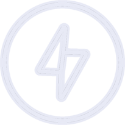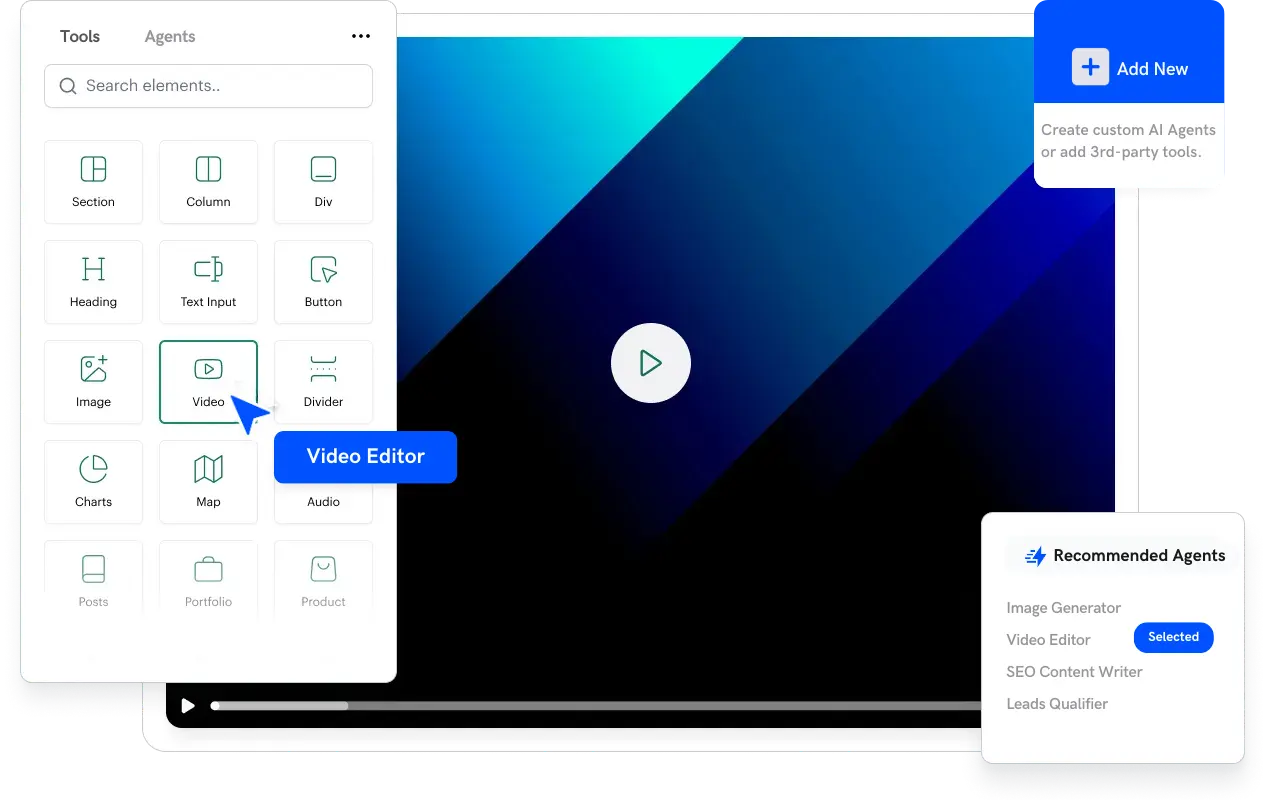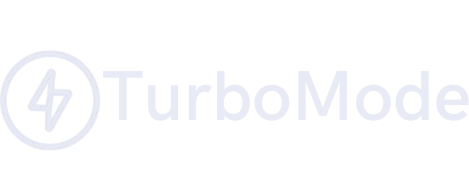Introduction
In our data-rich work environments, understanding and optimizing daily performance metrics is critical to improving productivity. Traditional performance tracking methods often lack real-time insights and actionable data. AI-powered analytics tools provide a more comprehensive approach to monitoring your performance, offering real-time dashboards, predictive insights, and personalized recommendations. Studies by McKinsey show that data-driven decision making can improve productivity by up to 25%. This article explores how AI tracks and optimizes daily performance metrics and demonstrates how platforms like TurboMode AI turn insights into actionable tasks.
How AI Tracks Performance
AI systems continuously gather data from various sources:
- Digital Activity:
Monitoring work-related activities such as task completion, time spent on projects, and communication patterns. - Behavioral Analytics:
Tracking work habits and productivity trends over time. - Integration with Wearables:
In some cases, incorporating data on physical health and energy levels to provide a holistic view of performance.
Key Performance Metrics to Monitor
- Task Completion Rate:
Measures the percentage of tasks finished on time. - Time Efficiency:
Evaluates how long it takes to complete specific activities and identifies areas for improvement. - Quality Metrics:
Assesses the quality of work outputs, including error rates and rework instances. - Engagement Levels:
Tracks the frequency of interactions and responsiveness in digital communications. - Overall Productivity Score:
A composite metric that aggregates various data points into a single performance indicator.
The Role of Predictive Analytics
Predictive analytics use historical data to forecast future performance:
- Identifying Trends:
AI models detect patterns in your work that signal when productivity might drop. - Proactive Adjustments:
Recommendations are provided to reallocate time or resources before performance dips occur. - Personalized Recommendations:
Tailored suggestions help you optimize your work schedule based on your unique performance patterns.
TurboMode AI Spotlight
TurboMode AI integrates with performance monitoring tools by capturing insights from conversations and converting them into actionable tasks. This ensures that any identified performance improvements are implemented promptly.
“We’re shifting the game from managing work to getting work done.”
To optimize your performance with actionable insights, book a demo today.
Implementation Strategies
- Integrate Data Sources:
Consolidate data from project management tools, digital calendars, and communication platforms. - Set Clear KPIs:
Define which metrics matter most to your workflow and set targets for improvement. - Establish Real-Time Dashboards:
Use AI-powered dashboards that update continuously and offer a clear visualization of your performance. - Regular Reviews:
Schedule periodic reviews to assess performance trends and adjust your work strategies. - Leverage Feedback:
Use real-time analytics to receive immediate feedback on your work habits and refine your schedule accordingly.
Real-World Examples
A consulting firm implemented AI performance tracking and found that daily productivity improved by 20% as employees adjusted their work habits based on data-driven insights. Another example is a digital marketing agency that used real-time dashboards to identify bottlenecks in campaign execution, resulting in a 15% faster turnaround time and improved client satisfaction.
Challenges and Considerations
- Data Overload:
With so much data available, it’s essential to focus on the KPIs that align with your strategic goals. - User Adoption:
To fully benefit from performance tracking tools, employees need to be comfortable with the system and understand how to use the insights provided. - Integration Issues:
Ensure that data flows seamlessly between different systems to avoid gaps in performance analytics.
Future Trends in Performance Monitoring
- Increased Personalization:
Future AI systems will offer more customized feedback based on individual work patterns. - Integration with Wearables and IoT:
Combining digital data with biometric information will provide an even more comprehensive view of personal productivity. - Enhanced Predictive Models:
More sophisticated algorithms will predict performance fluctuations with greater accuracy, allowing for timely interventions.
Conclusion
Using AI to track and optimize your daily performance metrics enables data-driven improvements that boost overall productivity. By consolidating data, setting clear KPIs, and leveraging predictive analytics, you can gain valuable insights into your work habits and make real-time adjustments. With TurboMode AI automating the conversion of these insights into actionable tasks, you can take your productivity to new heights. Embrace these advanced tools and techniques for continuous performance optimization—book a demo today.






